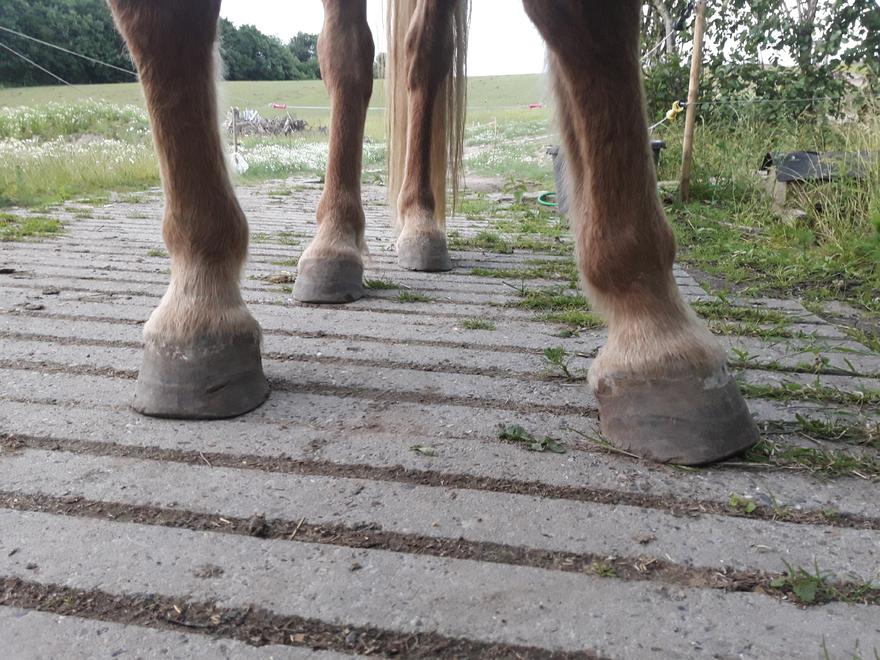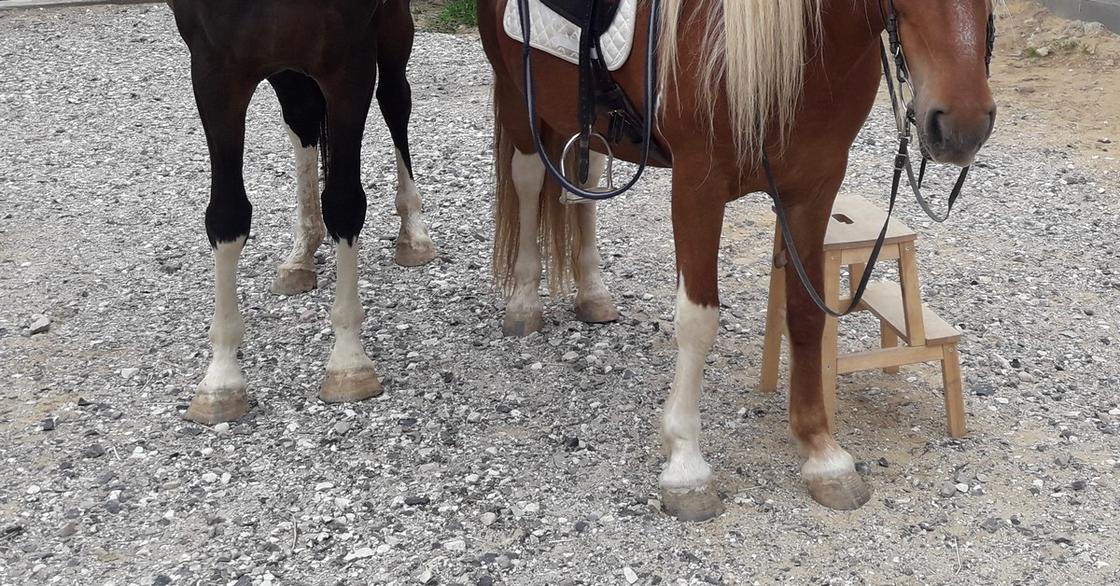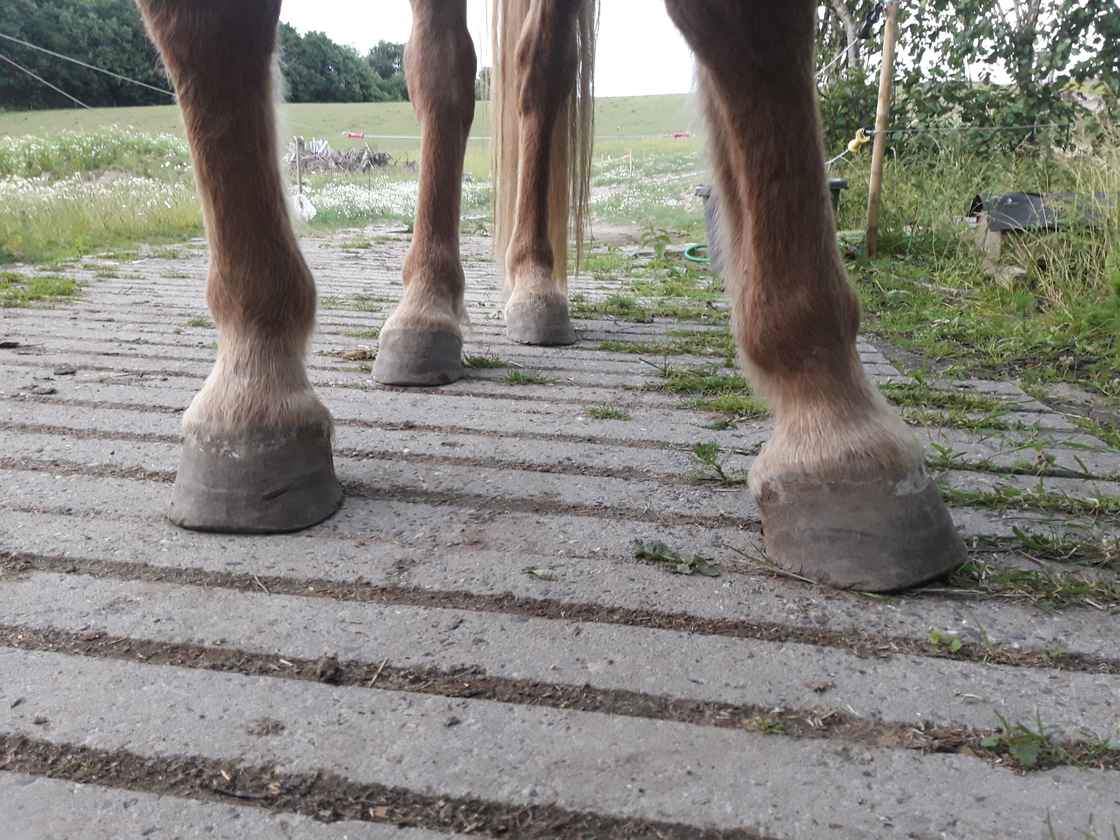The Concept of Regular Trims

I am currently reading "Performance Hoof Performance Horse" and thought I would throw in some of my knowledge, experience and opinions. Self-trimming hooves are a bit of a controversial subject. I have been following Rockley Farm's blog (http://rockleyfarm.blogspot.com/) for many many years now and find the transformations they bring forth in the hooves of horses are amazing. Looking at the pictures you can visibly see a difference after rehabilitation no matter how little you know of hooves. But what the book is starting to convey to me is that it's not that much about the look of the hoof; it is about its dynamic function. Of course, I knew this before also - from reading the blog - and I believed enough in it to take the plunge into self-trimming hooves some years ago. But a reminder is always good to have, and with all the other knowledge that I have accumulated during the years I feel more and more comfortable in my decision.
And it can be very difficult to feel comfortable with such a decision that contradicts everything we have been taught and are still told by vets, farriers and trimmers - at least in my part of the world. But so far it works for my horses and I have found several ways to cope - amongst others several strategies for "dodging" the awkward comments and explanations from total trimming-fanatics (sad with a gleam in my eye!).

My Danish Warmblood mare Celina who's been self-trimming for 1 year and my Icelandic mare Rák who's been self-trimming for 4+ years. They are both sound and working over varied (and stony!) terrain. The hooves are not picture-perfect, but they are functional, landing heel-first and the horses are happy to move and work.
The recommendations I hear is to get your horse's hooves trimmed every 6th week, and if they grow rapidly you should go down to 3-4 week intervals. I followed these guidelines once upon a time and it didn't work for my horses. Rák had 1 cm of "excess" hoof wall by the end of the 2nd week after her trim. And she was always sore after her trims, which would gradually become better by the end of her cycle. I tried several trimmers and farriers and her symptoms didn't change. During this period, she also had a lameness in her hind-leg that didn't have an explanation. Following Rockley Farm and getting more and more unsure about the trims I finally decided not to have her hooves done for a while. As always after the first two weeks her hoof growth subsided, and by the end of the 10th week or so her hooves had found another shape and the hoof wall had started to shorten by itself. I also changed some things in her diet and slowly she became rock-crunching at all speeds. The shapes of her hooves change "all the time", adjusting to the workload, diet and the physical condition of her body. In periods she's not rock-crunching, but most of the time she is moving comfortably over most terrain.
Now, enough about my "entry" into the self-trimming world. It is enough I guess, that I have three sound horses who do not see the farrier or trimmer regularly. And I am tired of listening to remarks about it not being good for my horses. And I feel sorry for those horses who I believe could be helped to grow better hooves through proper management and diet, but who are caught in the concept of regular trims and less-than-optimal diet.
"I know most of the horses here are self-trimming to a certain extent, but they can't completely self-trim."
Judged on what? The lack of picturesque symmetry in the hooves? Or the fact that they are all healthy, landing heel-first?
"Look at those hooves! You need to do something about them!"
What do you see that is so grotesque? And why should I do something? So that my horses can become sore when walking over gravel?
"I know you think they look fine, but if you do not get the hooves trimmed and balanced regularly the horse will become lame in the years to come due to the added strain of imbalanced hooves."
They will become lame now if I get them trimmed (or at least they will function more poorly). Of course, a lameness can work itself up over a matter of months and years - the so-called "overuse" injuries if a tendon or ligament is strained excessively. But they are not worse than any other injuries and how do we know how to support the horse's internal hoof and leg structures without being able to talk with the horse or do an MRI? So, I will take my chances and enjoy my currently sound horses and not worry about a potential lameness that might or might not happen in the future.
"If your horse's hooves are not trimmed, they will grow too long and flare."
Do my horse's 4+ years of hoof growth look too long to you? Do they flare much? And how do we know whether a flare is a support to the horse or if it's a hindrance to the horse?
"Horse's cannot self-trim."
Do you have any experience having your horses self-trimming on a proper diet? Because I do, and they are all healthy and happy. And notice that I mention the diet, as this is the key to my horses being able to self-trim.
"Barefoot horses wear their hooves too much."
How do we know when the wear is too much? The hoof-wall of my horses is usually at the level of the outer edge of the soles and frog, so it's difficult to wear more hoof-wall away. Yet they do just fine.

Vinur, my self-trimming (4+ years) Icelandic gelding, with a little longer than usual hooves due to two sudden weeks of inactivity. We've had strangles in stables close by, so when he had a day with fever, cough and snot he was isolated just in case. The isolation meant far less exercise than usual, and there was about ½ cm of extra hoof wall by the end of this period. After coming out of isolation it has started chipping away.
We know so little about hooves - there is so little science on the subject. As long as my horses are sound when working and moving happily and healthily around their paddocks they are functioning well. And as long as my horses function well this way I will keep on letting them self-trim. And if something is not working my first-go-to will be their diet; as this is one of the most important aspects to having functional self-trimming hooves. But the diet will have to wait for the next blog post.
0 kommentarer
Skriv en kommentar